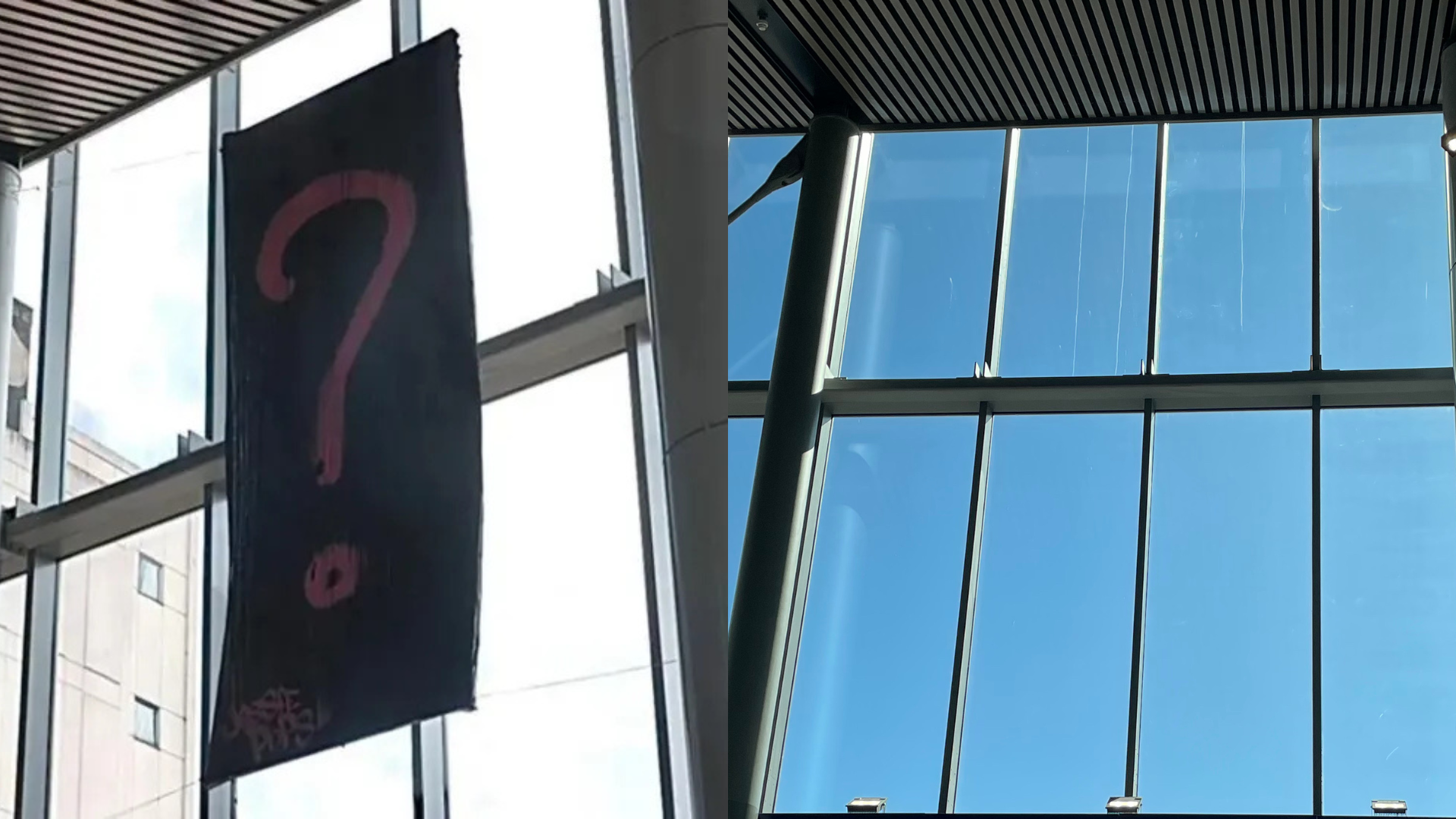A mural installed in New York City’s iconic Grand Central Station has been removed after its highly anticipated unveiling was unexpectedly postponed. The decision to take down the artwork, which had been in place awaiting its formal presentation to the public, has drawn attention from art enthusiasts, commuters, and cultural commentators alike, raising questions about public art, timing, and the relationship between creative expression and civic spaces.
Grand Central Station, a famous transit hub globally, has historically functioned as both a key transportation center and a cultural icon. Its impressive architecture and historical importance make it a perfect spot for public art exhibits intended to inspire the millions who navigate its hallways annually. The mural that has since been taken down was part of a wider effort to integrate more art into public areas, enriching the everyday experiences of travelers while honoring creativity and history.
The mural, with a design that had mostly been kept secret before its anticipated unveiling, was predicted to introduce a new visual story celebrating the city’s history, diversity, and vibrancy. The fact that it was taken down before its official reveal has sparked guesses regarding the reasons for the postponement and the choice to completely dismantle the artwork.
Although specific information regarding the delay is scarce, authorities have suggested that the postponement was needed to resolve outstanding issues concerning the display of the artwork. It has not been completely explained whether these issues were logistical, artistic, or administrative. Nonetheless, it is evident that the mural’s abrupt vanishing has caused disappointment among those looking forward to seeing the latest addition to Grand Central’s cultural events.
Public reaction has been mixed. Some commuters expressed surprise at the removal, noting that the mural, even in its unfinished state, added a burst of color and character to the station’s classic interiors. Others have raised concerns about transparency and communication, suggesting that the public deserves greater insight into the decision-making process behind public art installations in such prominent spaces.
Critics of the arts and cultural commentators have shared their opinions, emphasizing the difficulties that can arise with public art initiatives, especially in notable places such as Grand Central. It is seldom easy to harmonize artistic vision with public perception, organizational control, and practical limitations. The mural’s removal highlights the delicate and intricate nature these projects can assume, even following extensive preparation and funding.
The story of public art in New York City is diverse and diverse, featuring many installations that have mesmerized, provoked, or even split viewers’ opinions. From expansive sculptures in public spaces to short-term displays in the subway, art has significantly contributed to defining the city’s character and offering easily reachable cultural experiences. Within this framework, the excitement about the Grand Central mural represented both a perpetuation of this legacy and the city’s ongoing craving for artistic expression in common places.
The decision to remove the mural after postponing its unveiling suggests that the organizers are taking a cautious approach, possibly aiming to ensure that the artwork meets expectations, aligns with institutional guidelines, or resolves any technical issues before being introduced to the public. In the absence of an official explanation, speculation has ranged from concerns over content or design to logistical challenges tied to the mural’s installation.
Some experts suggest that the temporary removal of the mural may actually signal a commitment to quality and respect for the significance of Grand Central Station as a cultural site. Rather than rushing to unveil a work that may not yet be ready or fully supported by stakeholders, organizers may be opting for a more deliberate process, even if that means disappointing those eager for the new addition.
For creators, creating art in public spaces offers distinct advantages and obstacles. Unlike gallery shows, which attract an audience that chooses to attend, art displayed publicly must appeal to a wide and varied segment of the population. Additionally, it needs to manage the environmental constraints, follow regulations, and handle the uncertain reactions from the public. The scenario at Grand Central highlights the multiple facets necessary to realize these types of ventures.
The economic and logistical factors behind public art are also significant. Funding for these projects often comes from a mix of public and private sources, and installations in prominent locations must be carefully planned to avoid disruption to daily activities. In a bustling space like Grand Central, where tens of thousands of commuters pass through each day, even the practical aspects of installing or maintaining a mural can be complex.
In the center of this event is a broader dialogue concerning the significance of art in public spaces. Grand Central Station has always been more than merely a transportation hub; it represents the history, resilience, and magnificence of New York. Incorporating art into such an area presents both a chance and an obligation. Art has the power to evoke inspiration, stimulate thought, and foster common experiences, although it must also contend with public examination and varied viewpoints.
The removal of the mural, while disappointing to some, may also reflect the evolving nature of public art. In recent years, there has been increased attention to inclusivity, representation, and community engagement in the selection and presentation of public artworks. It is possible that organizers are taking additional time to ensure that the mural reflects these values or to address concerns raised during the planning process.
For now, the future of the Grand Central mural remains uncertain. Organizers have not announced a new date for its unveiling, nor have they provided specific details about when or if the artwork will return. This has left many observers wondering whether the mural will eventually be revealed in its original form, modified to reflect new considerations, or replaced altogether by an alternative artistic vision.
As the narrative develops, it provides insight into the larger dynamics of the interplay between art, public spaces, and societal perception. It underscores the necessity of careful planning, involving the community, and maintaining openness when carrying out public art initiatives, especially in locations with profound historical and cultural importance.
Looking ahead, the handling of the Grand Central mural may serve as a case study for future public art initiatives, emphasizing the need for balance between artistic freedom and institutional responsibility. The conversations sparked by the mural’s removal suggest that, while the artwork itself is temporarily out of sight, the role of art in public life remains very much at the center of civic discourse.
In a place renowned for its lively artistic environment and its acceptance of innovation, the tale of the Grand Central mural remains unfinished. Whether it is restored to its former state, transformed into something new, or replaced by fresh artistic endeavors, it embodies the continual conversation about the influence of art on our surroundings and the narratives we create about our identity as a society.



